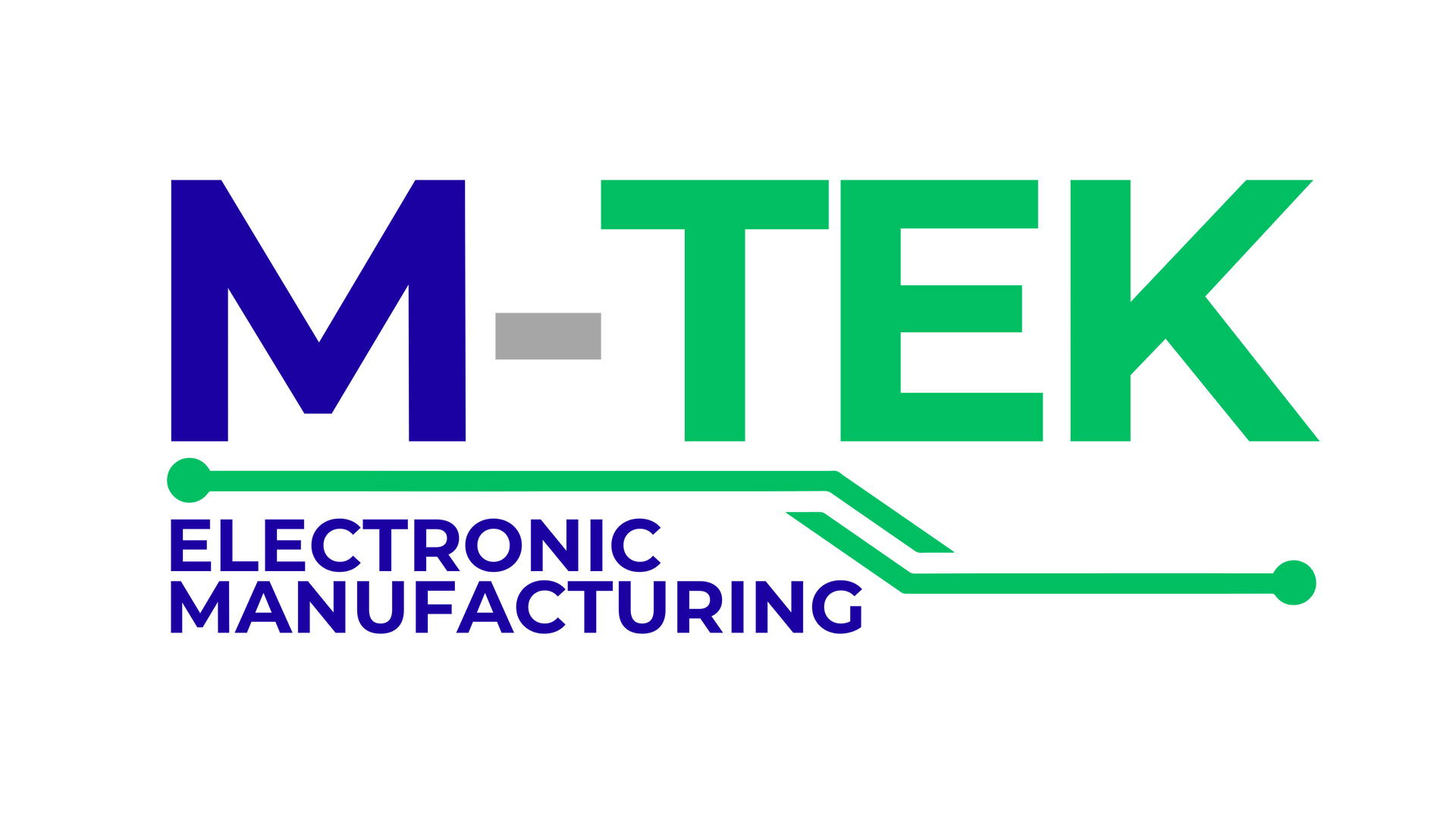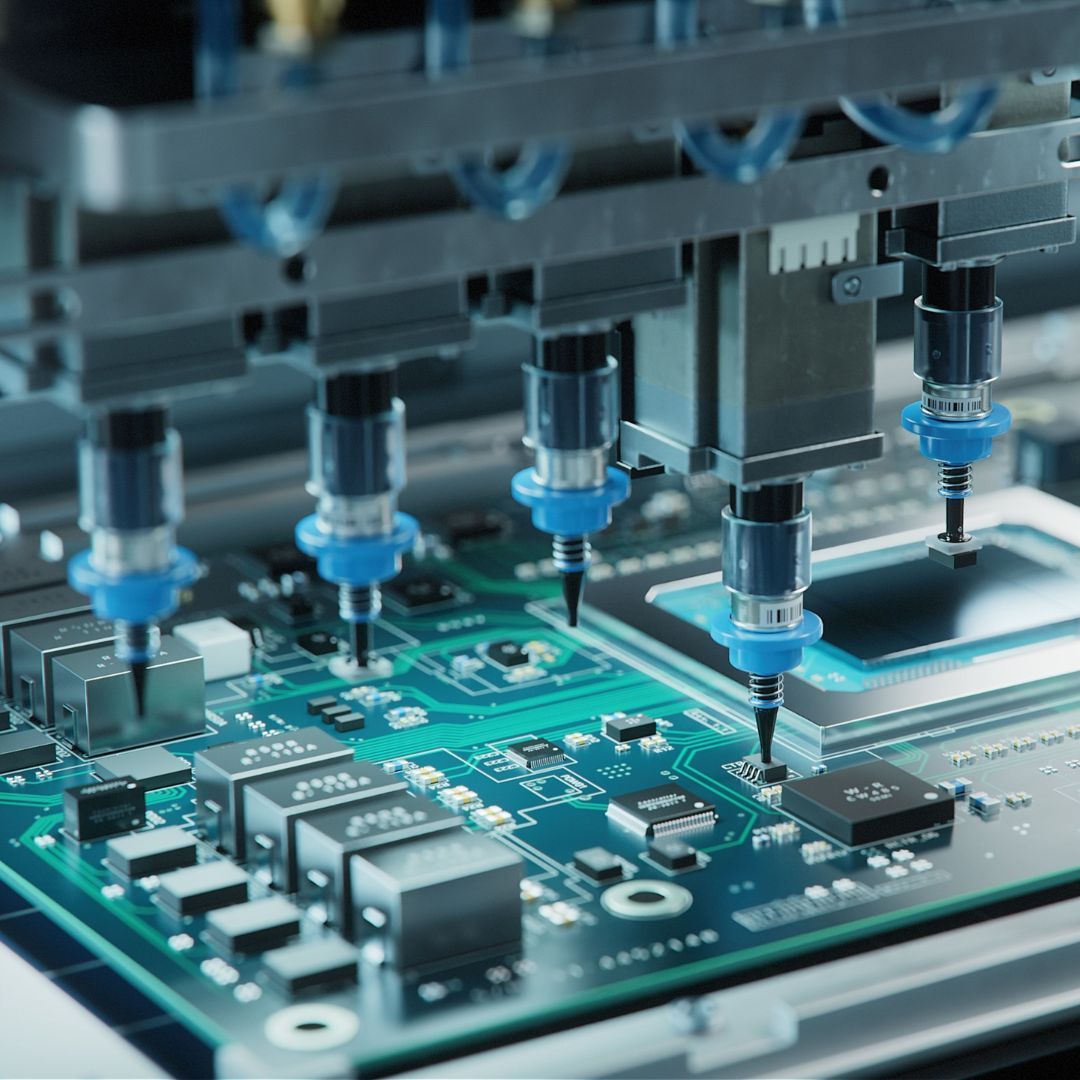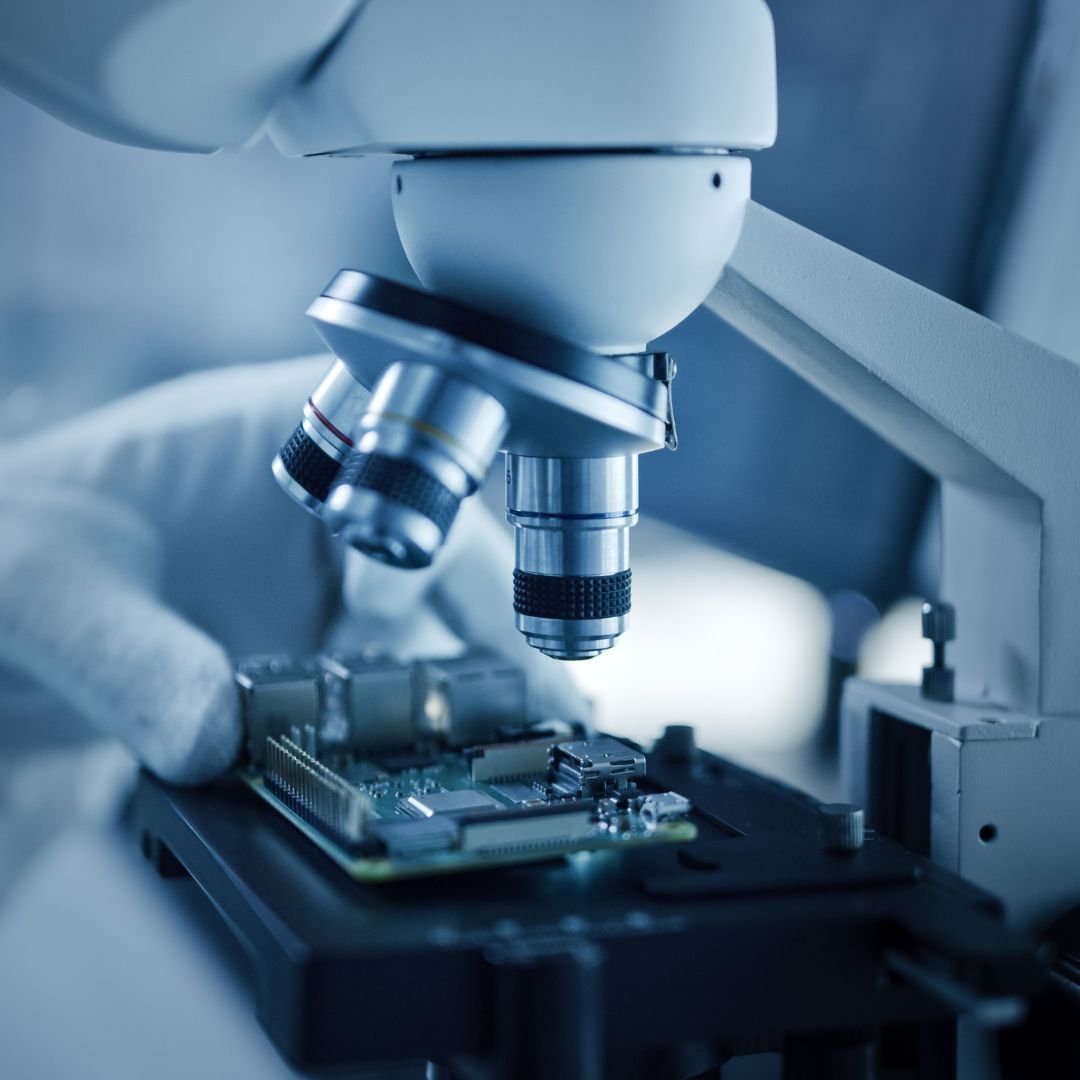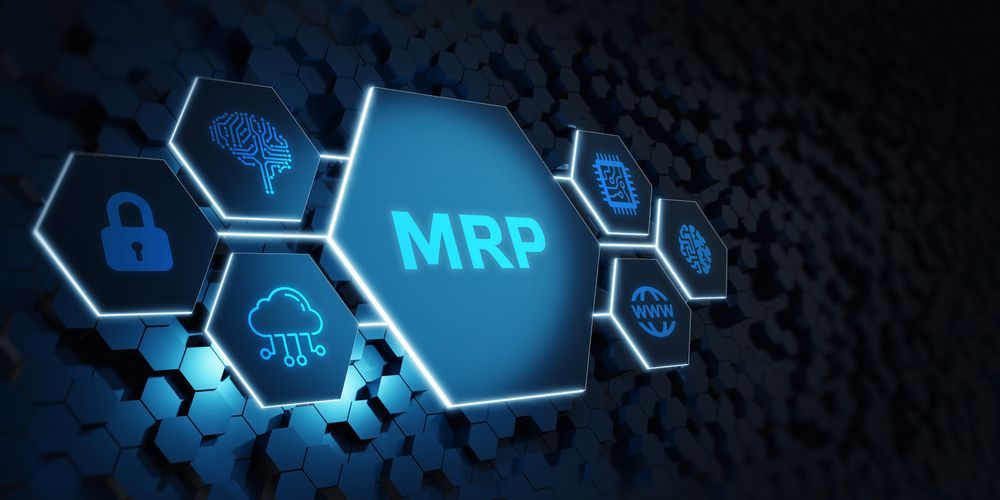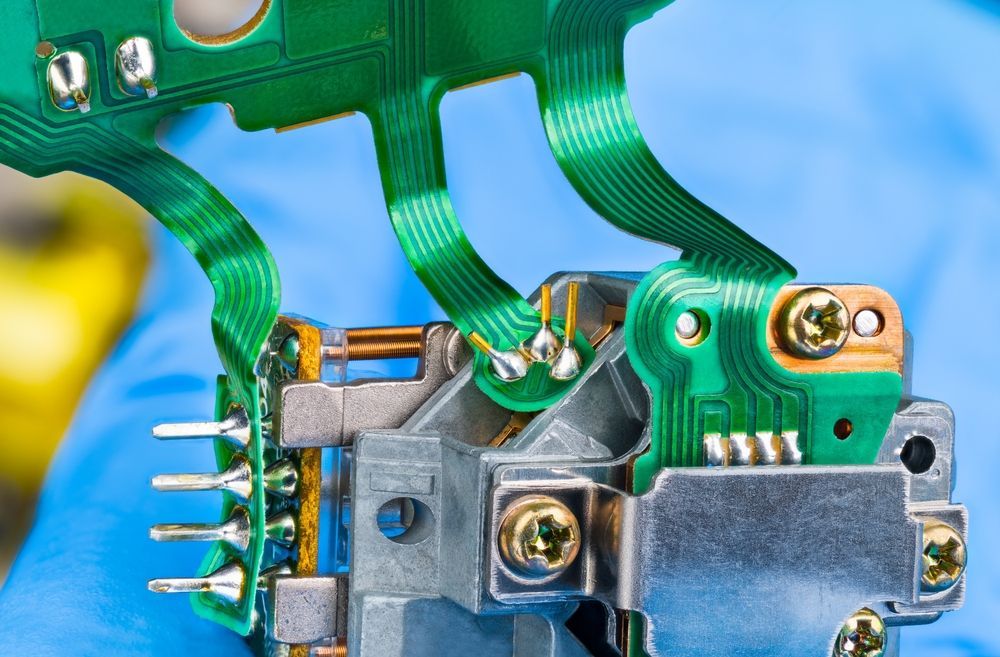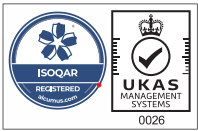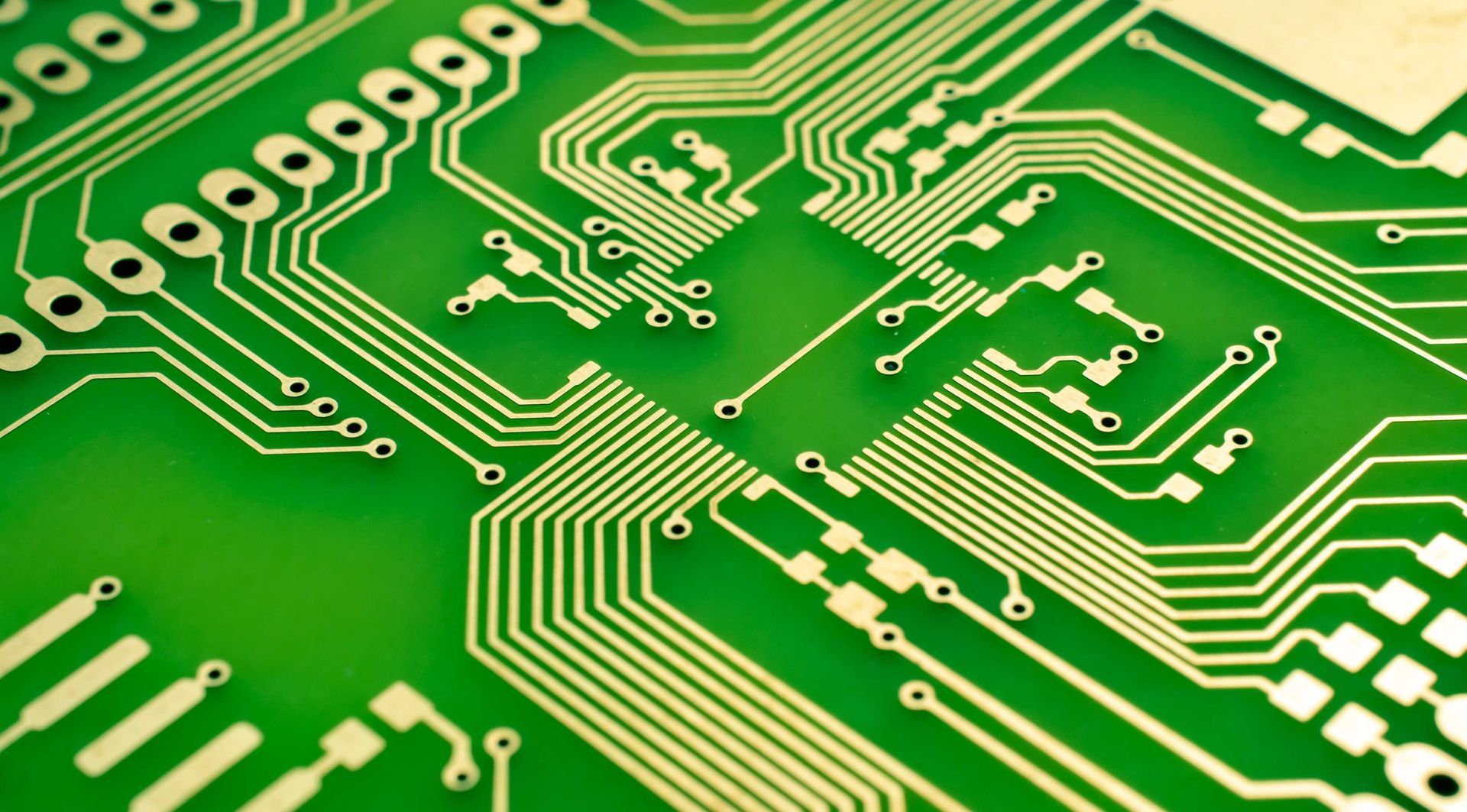
Printed circuit boards (PCBs) are crucial components of almost every electronic device that we use today.
The PCB connects different electronic components together to perform specific functions. However, the effectiveness of the PCBs is largely dependent on the assembly techniques used during manufacturing. Proper
PCB assembly techniques are essential to ensure long-term reliability and optimal performance of electronic devices.
How is a PCB Assembled?
A PCB consists of multiple layers of copper that connect various electronic components together. The components are placed on the board, and then the connections between the components and the copper layers are established using different techniques, including soldering, through-hole plating, and surface mount technology (SMT). The quality of the assembly process and the components used determines the reliability of the final product.
Essential Factors of PCB Assembly
One of the most critical factors in PCB assembly is the use of high-quality components. Using substandard components can lead to a range of issues such as short circuits, overheating, and eventual failure of the device. Manufacturers must carefully select components based on their intended use, specifications, and long-term reliability.
Soldering is one of the most common PCB assembly techniques. It involves melting a metal alloy and using it to connect components to the PCB. However, poor soldering can lead to a range of problems, including poor connectivity, thermal stress, and even damage to the components. Soldering must be done using the correct temperature and flux to ensure a proper bond between the components and the PCB.
Through-hole plating involves drilling holes through the board and then adding a metal layer to connect the components. The technique is commonly used for larger components and those that require extra stability. However, poor plating can lead to weak connections, causing the components to loosen or even fall off the board over time.
SMT, on the other hand, is a newer and more efficient PCB assembly technique. It involves placing components directly onto the board's surface and then using a solder paste and a reflow oven to create connections. SMT has several advantages over other techniques, including higher precision, increased speed, and lower costs. However, the components used in SMT must be carefully chosen, as they can be susceptible to heat damage during the reflow process.
Another critical factor in PCB assembly is the use of quality control measures. Manufacturers must have stringent quality control protocols in place to detect and rectify any issues during the assembly process. This includes regular inspections, testing, and verification of components and connections.
Reliability
In addition to the assembly techniques, PCB design also plays a crucial role in long-term reliability. Proper PCB design should consider factors such as component placement, heat dissipation, and signal integrity. A poorly designed PCB can lead to issues such as signal interference, thermal damage, and even failure of the device.
Proper PCB assembly techniques are also essential in ensuring compliance with industry standards and regulations. The electronics industry is heavily regulated, and manufacturers must comply with various regulations such as RoHS and REACH. Failure to comply with these regulations can result in legal and financial repercussions, as well as damage to the manufacturer's reputation.
Final Thoughts
In conclusion, proper PCB assembly techniques are critical in ensuring long-term reliability and optimal performance.
Manufacturers must use the techniques mentioned above, to ensure that their products meet the required industry standards and regulations.
Proper PCB assembly is an investment in the quality and reliability of electronic devices, and it is essential for maintaining the trust of consumers and stakeholders in the electronics industry.
M-Tek Assembly
At M-Tek Assembly, we have years of industry experience, and our team of skilled engineers will guide you through the entire journey. You will also be helping to save the environment by using M-Tek for printed circuit board repairs.
We have achieved a
net-zero carbon footprint by using electric vehicles, and for every circuit board we build, we plant a tree! Contact one of our SMT and PCB assembly experts today for assistance. Call
01189 455377 or follow us on
Twitter to learn more about our services.
